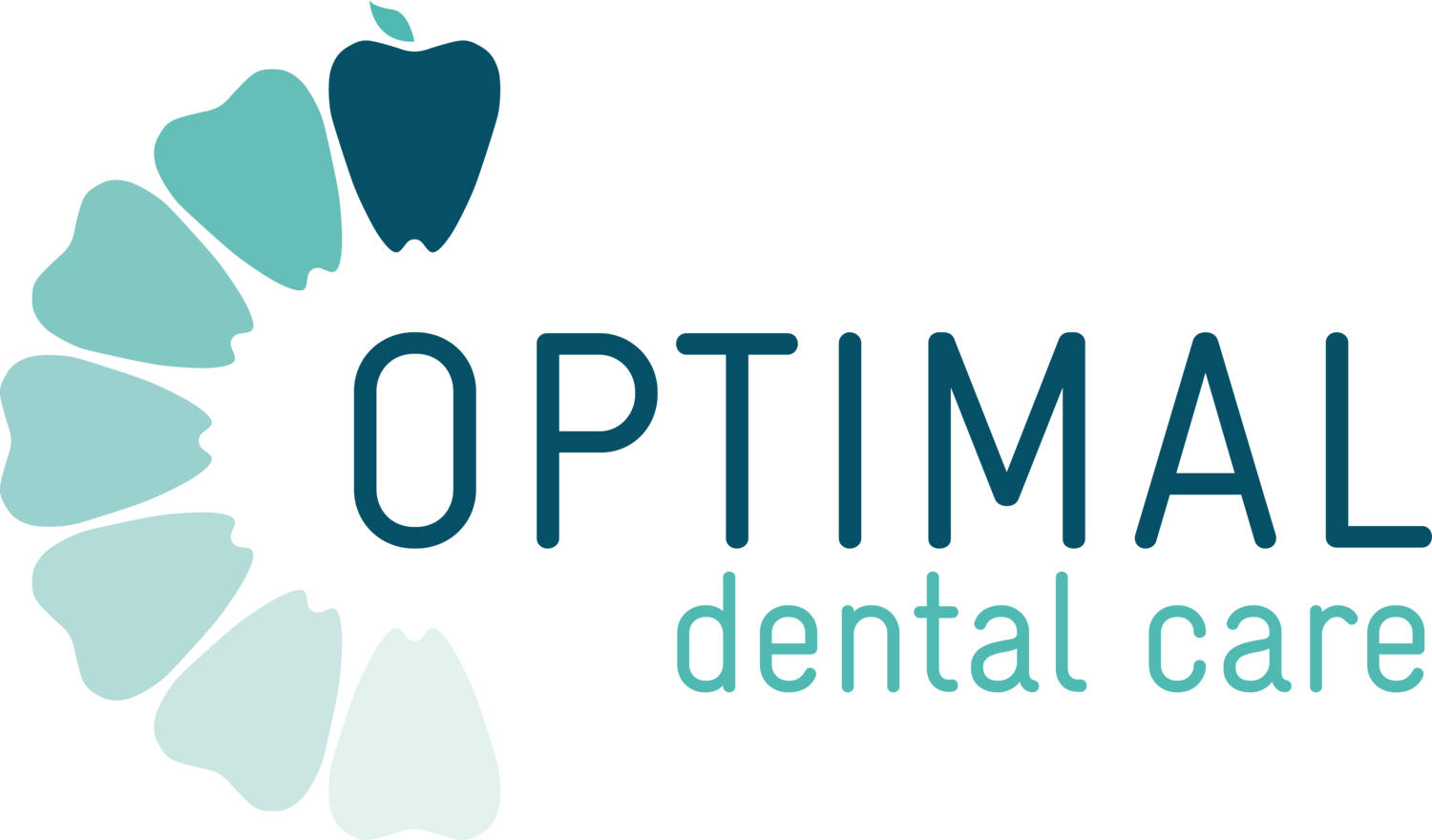Dealing with Orthodontic Emergencies: What to Do
Like any medical treatment, orthodontic treatment can sometimes come with unexpected challenges.
Orthodontic emergencies can be stressful, but knowing how to respond can prevent further complications and discomfort.
These situations can arise when parts of the orthodontic appliances become damaged or cause significant discomfort. Common emergencies include broken brackets, protruding wires, and lost or damaged aligners.
While these issues can be concerning, most can be managed at home until you can see your orthodontist. The key is to stay calm, assess the situation, and take appropriate action.
Handling broken brackets
If a bracket breaks or becomes loose, inspect it carefully. If it’s still attached to the wire, leave it in place to avoid swallowing it. Use orthodontic wax to cover the broken bracket and prevent it from irritating the inside of your mouth. This can provide relief until you can visit your orthodontist. Call your orthodontist as soon as possible to schedule a repair appointment. Explain the situation in detail so they can prepare for your visit.
Prevention Tips:
· Avoid hard, sticky, or chewy foods that can damage brackets.
· Wear a mouthguard during sports or physical activities.
Managing poking wires
Inspect the wire to determine if the wire is simply out of place or if it has broken. Reposition the wire by using a clean cotton swab or pencil eraser and gently push the wire back into place. If repositioning the wire isn’t possible or effective, cover the protruding end with orthodontic wax to prevent irritation. In extreme cases where the wire causes significant pain and cannot be repositioned, you can use sterilised nail clippers to carefully trim the wire. Only do this if you’re comfortable and confident in handling the situation. Schedule an appointment with your orthodontist to fix the issue permanently.
Prevention Tips:
· Avoid playing with the wires with your fingers or tongue.
· Be cautious with foods that might tug on the wires, such as corn on the cob or chewy candies.
Addressing lost aligners
If you realise your aligner is missing, retrace your steps to find it. Check common places like your bag, car, or where you last ate. If you can’t find your current aligner, wear the previous set to prevent your teeth from shifting back. This is a temporary measure until you get a replacement. Inform your orthodontist about the lost aligner. They can arrange for a replacement and advise on what to do in the meantime.
Prevention Tips:
· Always keep your aligners in their case when not in use.
· Avoid wrapping aligners in napkins or leaving them in places where they can easily be misplaced.
Dealing with severe pain or discomfort
Determine if the pain is due to a specific issue like a broken appliance or general discomfort from the braces. Use over-the-counter pain relief medication as directed to alleviate discomfort. Rinsing your mouth with warm salt water can also help soothe sore areas. Apply a cold compress to the outside of your mouth to reduce swelling and numb the pain. If the pain is severe or persistent, contact your orthodontist immediately. In case of a significant issue, such as trauma to the mouth or teeth, visit your local dental clinic for emergency care.
Preventing orthodontic emergencies
Below are some tips for maintaining braces and aligners:
· Follow Dietary Guidelines: Avoid foods that can damage braces, such as hard candies, nuts, and sticky snacks.
· Practice Good Oral Hygiene: Brush and floss regularly to prevent plaque buildup and keep your teeth and gums healthy.
· Regular Check-ups: Attend all scheduled appointments with your orthodontist to ensure your treatment is progressing as planned.
· Use Protective Gear: Wear a mouthguard during sports or any activity that could result in a blow to the mouth.
· Be Mindful of Habits: Avoid chewing on non-food items like pens or fingernails that can damage your braces or aligners.
When to seek professional help
Immediate attention is required in the event of:
· Severe pain or discomfort not alleviated by home remedies.
· Signs of infection, such as swelling, pus, or fever.
· Trauma to the mouth or teeth resulting in loose or broken teeth.
· Routine Adjustments:
· Broken brackets or bands.
· Wires that cannot be adjusted at home.
· Lost or damaged aligners.
Orthodontic emergencies, while inconvenient, are manageable with the right knowledge and prompt action. By understanding how to address common issues like broken brackets, poking wires, and lost aligners, you can maintain your treatment progress and minimise discomfort. Always keep in close contact with your orthodontist in Woollahra or dental clinic in Bondi Junction to ensure any problems are addressed swiftly and professionally.
Maintaining a proactive approach to oral hygiene and appliance care can also significantly reduce the risk of emergencies. Remember, the goal is to achieve a beautiful, healthy smile without unnecessary interruptions. Whether you’re dealing with a minor inconvenience or a more serious issue, staying informed and prepared is key to navigating orthodontic treatment successfully.
Additionally, for those interested in enhancing their smiles even further, services like teeth whitening in Bondi can be considered once orthodontic treatment is complete. If your child is undergoing orthodontic treatment, ensuring regular visits to a children's dentist in Bondi Junction will help maintain their oral health throughout the process.
By following these guidelines and seeking professional advice when needed, you can ensure smooth and effective orthodontic treatment.
